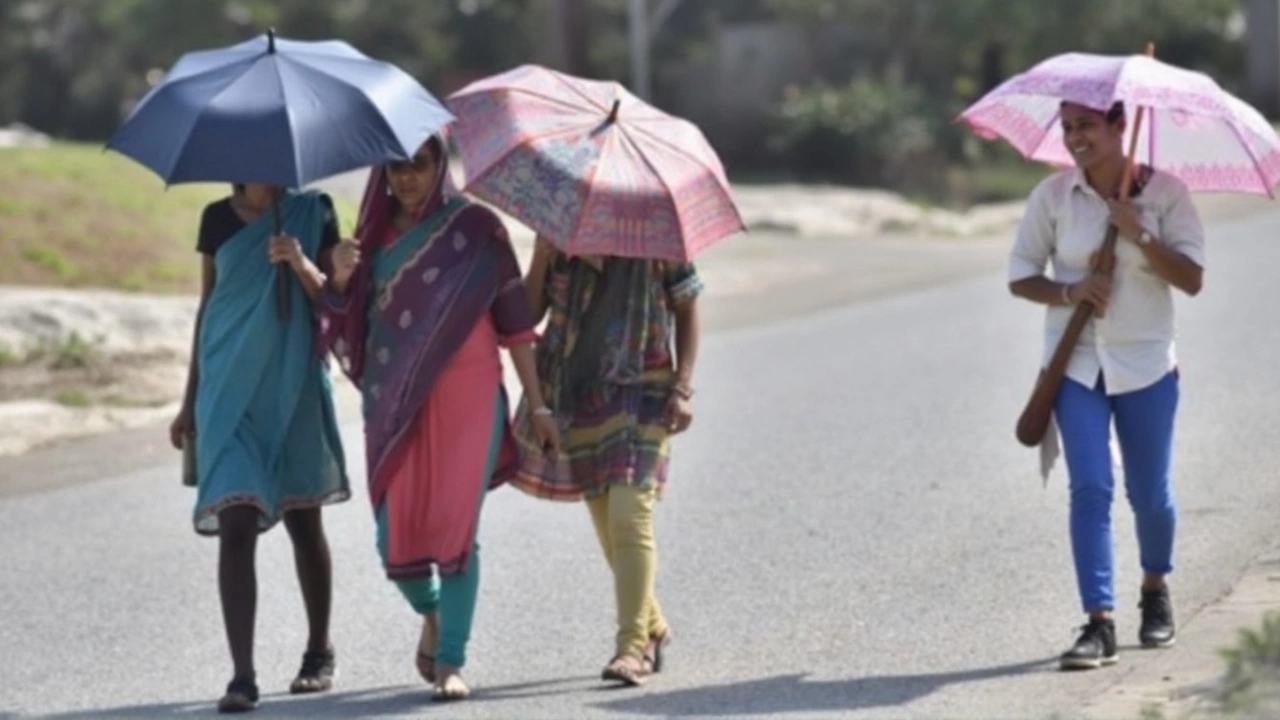Red Alert News: Your Quick Guide to India’s Latest Weather Warnings
When the Indian Meteorological Department (IMD) rings the red alert bell, it’s time to pay serious attention. From sudden floods in Punjab to dangerous cloudbursts in Uttarakhand, these warnings affect daily life, travel plans, and even your safety at home. Below you’ll find the most recent red alerts, why they matter, and simple steps you can take right now to stay out of trouble.
What’s Triggering Red Alerts Right Now?
In the past week the IMD has issued red alerts across several states. Heavy, unseasonal rain over the North has pushed the Yamuna in Delhi close to its 1978 peak, flooding low‑lying colonies and causing flight delays at IGI Airport. Punjab is battling its worst floods since 1988, with villages underwater and roads turned into rivers. Meanwhile, Uttarakhand’s Chamoli district reported a cloudburst that dumped inches of rain in minutes, sparking flash‑flood warnings from Dehradun to Bageshwar.
These alerts share a common driver: a low‑pressure system forming over the Bay of Bengal. The system feeds moisture into the Indian subcontinent, intensifying the monsoon far beyond the usual pattern. When the moisture meets the Himalayas or the plains, it creates torrential downpours that overwhelm drainage and breach embankments.
How to React When a Red Alert Hits Your Area
First, check the official IMD website or a trusted news app for the latest alert level. Red means life‑threatening conditions – stay indoors, avoid travel, and keep emergency supplies handy. If you live in a flood‑prone zone, move valuable items to higher ground and consider a quick evacuation if local authorities issue an order.
Second, protect your home. Sandbags, if you have them, can keep water away from doors. Turn off electricity in areas where water might reach sockets, and keep a flashlight and batteries nearby. For those in hilly regions, stock extra food, water, and medication because landslides can block roads for hours.
Third, stay connected. Share your safety status with family and friends, and follow local police or disaster‑relief updates on social media. If you’re stuck on a road, do not attempt to cross flooded sections – even two inches of moving water can sweep a car away.
Lastly, after the rain stops, be cautious about returning home. Check for structural damage, especially in roofs and walls, and watch out for contaminated water. Local health departments often issue boil‑water advisories after floods, so follow those guidelines to avoid illness.
Red alerts are a clear signal that nature is acting fast. By staying informed, preparing your home, and listening to officials, you can lower the risk to yourself and your loved ones. Keep this page bookmarked – we’ll update it with every new red alert so you never miss a critical warning.

A blazing heatwave is roasting north India, pushing Delhi and Rajasthan into record highs. With red alerts from the IMD, temperatures are crossing dangerous thresholds and residents are urged to protect vulnerable groups as relief is still days away.
